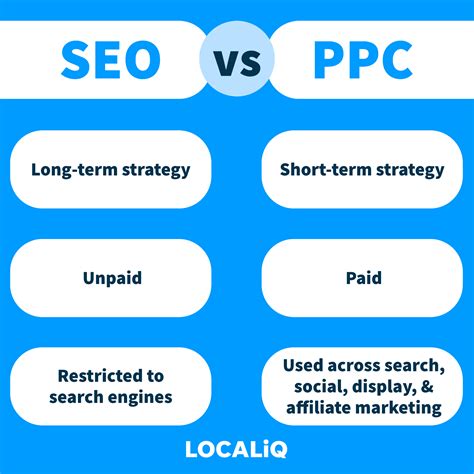Introduction
In today’s digital age, countless individuals seek supplemental income through online side hustles. One lucrative avenue that deserves consideration is paid advertising. This article will delve into the world of paid advertising, exploring its potential and comparing it with another popular marketing strategy, search engine optimization (SEO).

What is Paid Advertising?
Paid advertising is a form of digital marketing where businesses pay to display their ads on websites, search engines, and social media platforms. By targeting specific audiences based on demographics, interests, and behaviors, advertisers can effectively reach their desired customers.
Types of Paid Advertising
1. Pay-per-click (PPC)
Advertisers pay each time someone clicks on their ad. Popular PPC platforms include Google Ads and Facebook Ads.
2. Cost-per-mille (CPM)
Advertisers pay for every 1,000 impressions of their ad, regardless of clicks. This method is suitable for building brand awareness.
Pros and Cons of Paid Advertising
Pros
- Immediate Results: Paid ads can generate traffic and leads quickly, making them ideal for short-term campaigns.
- Targeted Reach: Advertisers can precisely target their audience, ensuring their ads reach the right people.
- Measurable Results: PPC campaigns provide detailed analytics, allowing advertisers to track conversions and optimize their campaigns accordingly.
Cons
- Costly: Paid advertising can be expensive, especially for competitive keywords or industries.
- Skills Required: Running successful paid advertising campaigns requires technical skills and knowledge.
- Competition: Paid advertising is a highly competitive landscape, making it challenging for small businesses to stand out.
SEO vs Paid Advertising
Similarities
- Both aim to increase website traffic and visibility.
- Both can be used to target specific audiences.
- Both require ongoing effort and optimization.
Differences
| Feature | Paid Advertising | SEO |
|---|---|---|
| Cost | Paid | Free |
| Results | Quick | Gradual |
| Control | High | Limited |
| Skills | Technical | Content Creation |
Which is Better?
The best choice depends on the individual situation and goals. Paid advertising offers quick results and precise targeting, while SEO provides long-term organic visibility. Businesses with ample budgets and a need for immediate results may prefer paid advertising. Those with limited resources and a focus on building long-term brand equity may prioritize SEO.
Key Considerations
Pain Points
- Understanding target audience and their needs
- Optimizing campaigns for conversions
- Managing budgets effectively
Motivations
- Generating additional income
- Promoting products or services
- Building brand awareness
Common Mistakes to Avoid
- Setting unrealistic expectations
- Not aligning campaigns with business goals
- Ignoring analytics and failing to optimize
Why Paid Advertising Matters
- Quantifiable Results: Paid advertising provides clear metrics to measure success and return on investment (ROI).
- Increased Revenue: Well-targeted paid advertising campaigns can generate significant revenue for businesses.
- Competitive Advantage: Paid advertising levels the playing field, allowing small businesses to compete with larger organizations.
Additional Applications
To harness the power of paid advertising effectively, consider these innovative applications:
- Remarketing: Retargeting individuals who have previously visited a business’s website to increase conversions.
- Video Ads: Utilizing video content to engage audiences and promote products or services.
- Influencer Marketing: Partnering with influencers to reach a wider audience and build credibility.
Reviews
- “Paid advertising has been a game-changer for our side hustle. We’ve seen a significant increase in traffic and sales.” – Sarah, Etsy Seller
- “SEO has helped us build a strong organic presence, but paid advertising gives us an extra boost when we need it most.” – John, SaaS Entrepreneur
- “I appreciate the flexibility of paid advertising. I can adjust my budget and target audience as needed.” – Mary, Freelance Writer
- “The analytics provided by paid advertising platforms are invaluable for optimizing our campaigns and improving our ROI.” – Robert, Digital Marketer
Conclusion
Paid advertising remains a potent force for generating additional income and achieving business objectives. By understanding the pros and cons, comparing it with SEO, and addressing common challenges, individuals can leverage paid advertising to its full potential. Whether it’s through PPC, CPM, or innovative applications, paid advertising empowers businesses to connect with their target audience, drive conversions, and grow their side hustles in the digital age.





















